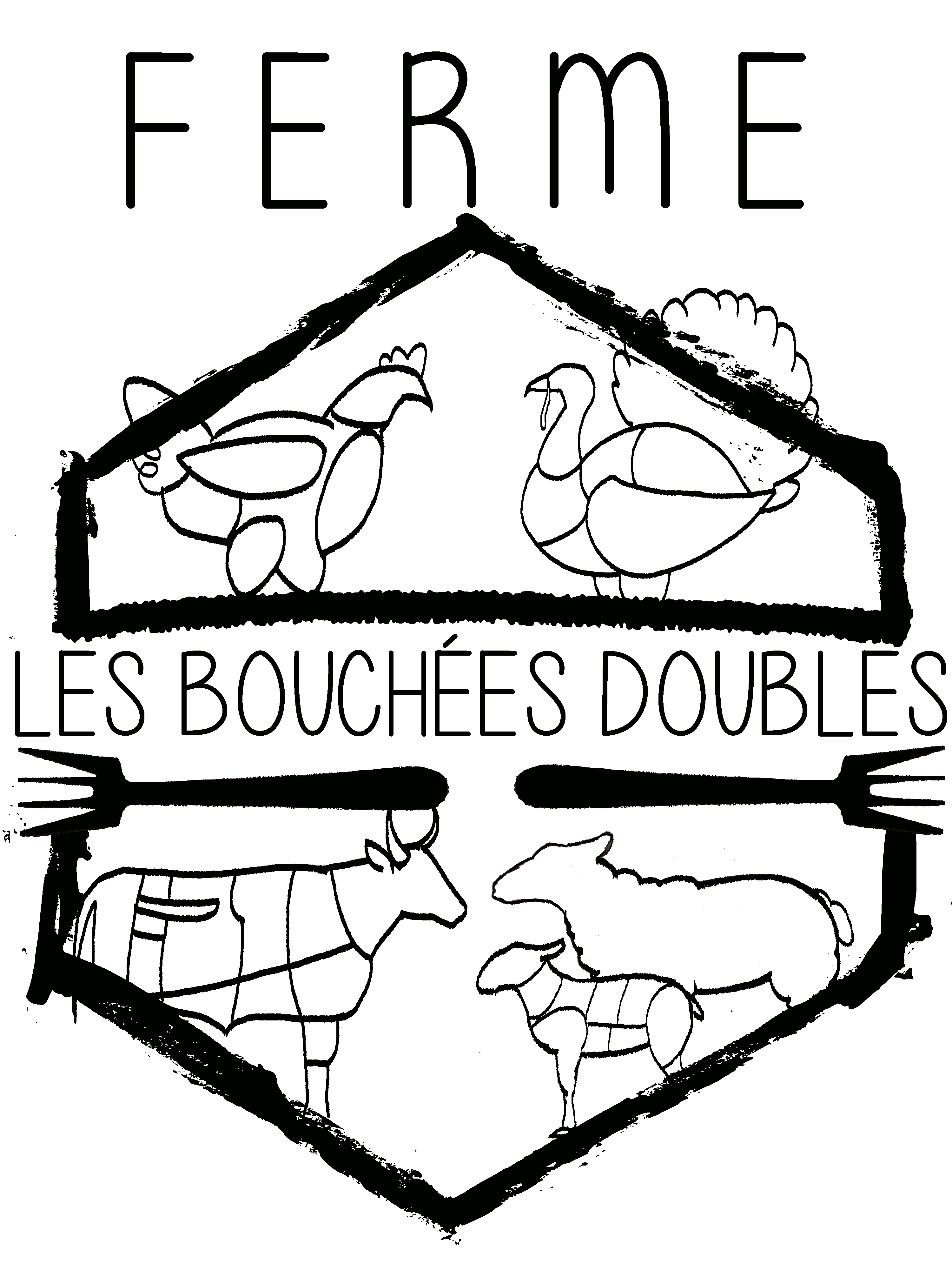top of page
Honey




With the decline of natural pollinators, it was clear to us that we wanted to be involved in bee conservation. That’s why we introduced hives into our hay fields.
Making
This step is performed by the bees. In the spring, as soon as the temperature reaches a minimum of 13°C, the hive leaves its winter leave and returns to work. After cleaning, the workers set out to conquer flowers to forage.
They bring nectar and pollen back to the hive, pollinating the flowers and trees they visit. The nectar is then transferred from one bee to another and stored in the cells. The bees will then ventilate the liquid with their wings until it reaches a humidity of between 17% and 18%, then cover it with a layer of wax to protect it.

Harvesting
Harvesting occurs up to three times a year, in the spring, summer and early fall. As accessible flowers are different in each season, the nectar harvested will alter the flavour of honey made by bees.
The honey is ready to be harvested when 80% of the cells are capped, which means they're sealed with a layer of wax. The frames are then removed from the hive, uncapped with a harrow or a knife designed for this purpose and then installed in a honey extractor.
This centrifuge type machine will then collect the precious golden liquid.

Packing

Once the honey is extracted, it must now be packed. It will first be filtered to remove all impurities (wax, propolis, etc.). It is then left to mature for several days at a temperature of about 20°C.
After this rest time, the honey is finally ready to be bottled and consumed. It will be available in different formats to meet everyone’s needs.
Since honey is non-perishable, it does not need to be pasteurized.
The crystallization of honey is a normal process and even a guarantee of quality. This phenomenon comes from the ratio of glucose and fructose in honey according to the nectars used to design it.
bottom of page





